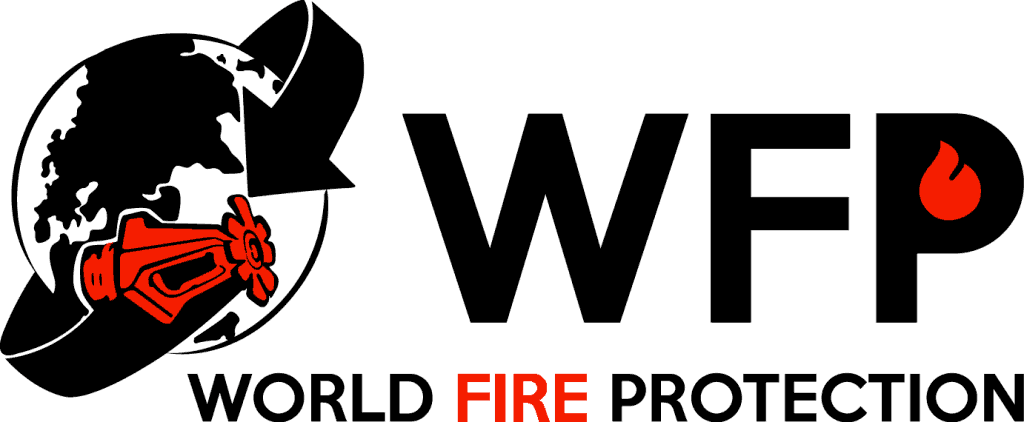Fire safety is an essential part of building design. It’s important to ensure that fire protection systems are designed correctly to protect people and property.
There are several different types of fire protection systems. These include sprinkler systems, smoke detectors, carbon monoxide alarms, and fire extinguishers. Each type has its own benefits and drawbacks.
In this article, we’ll discuss the pros and cons of each system and give you some ideas on how to improve your current fire protection system.
Sprinklers
A sprinkler system is a proven way to prevent fires from spreading in buildings. Sprinklers work by spraying water onto the ceiling or walls of a room. This creates a barrier between the burning material and the rest of the building.
The most common type of sprinkler system uses water as the fire-fighting agent. Water can be used because it is non-flammable, inexpensive, easy to store, and safe for humans and animals. In addition, sprinklers don’t require electricity to operate.
However, there are many disadvantages to using sprinklers. For example, sprinklers may not provide enough water pressure to put out all kinds of fires. They also need time to activate. If they’re installed incorrectly, they may fail to function properly during emergencies.
Pros:
• Easy to install.
Cons:
• Does not provide sufficient water pressure.
• Needs time to activate.
Smoke Detectors
Smoke detectors use electrical resistance to detect smoke particles. When smoke enters a detector, it causes a change in voltage. The higher the voltage, the more smoke detected. Smoke detectors are usually placed near exits so they can warn occupants about dangerous levels of smoke.
Smoke detectors have been around since the early 1900s. However, their reliability and effectiveness have improved over time. Today, smoke detectors are very reliable and effective at detecting smoke. Some models even alert occupants when there’s no smoke present.
Pros:
Easy to install.
Consistent performance.
Detects small amounts of smoke.
Alerts occupants when there is no smoke present.
Carbon Monoxide Alarms
Carbon monoxide is produced naturally by combustion processes. CO is colorless, odorless, tasteless, and lethal. Carbon monoxide is one of the leading causes of accidental deaths in the United States.
CO alarms are designed to detect CO gas in the air. When activated, these alarms emit a loud alarm sound. They are typically located near bedrooms, bathrooms, and other areas where CO could accumulate.
CO alarms are effective at detecting high concentrations of CO. However, they aren’t always reliable. For instance, if someone opens a window while the alarm is sounding, the CO will escape through the open window.
Pros:
Reliable detection of high concentrations of CO.
Cons:
Can be easily disabled.
Not suitable for low concentrations of CO.
Fire Extinguishers
Fire extinguishers contain chemicals that cause fires to burn out quickly. There are two main types of fire extinguishers: dry chemical and wet chemical. Dry chemical extinguishers contain powdery substances such as sodium bicarbonate. Wet chemical extinguishers contain liquids like water and alcohol.
Dry chemical extinguishers are less expensive than wet chemical extinguishers. They’re also easier to use. However, they only work on certain types of fires. Wet chemical extinguishers are better at putting out grease fires, electrical fires, and flammable liquid fires.
Wet chemical extinguishers are also safer than dry chemical extinguishers. People who handle them should wear protective clothing and gloves. Also, wet chemical extinguishers should never be stored with flammables or combustibles.
Pros:
Works well on various types of fires.
Safer than dry chemical extinguishers.
Cons:
Expensive.
Doesn’t work on all types of fires.
Sprinkler Systems
A sprinkler system uses water under pressure to fight fires. Sprinkler heads spray water onto a fire. This helps extinguish the flames. Sprinkler systems are used in large buildings because they’re easy to install and maintain.
The most common type of sprinkler system is the pre-action system. Pre-action sprinkler systems require manual activation before a fire occurs. After a sprinkler head activates, it sprays water until the fire is extinguished.
Pre-action sprinklers can be installed using either manual or automatic control methods. Automatic control sprinklers are controlled automatically by sensors. Manual control sprinklers must be manually turned off after a fire is detected.
Pros:
Very cost-efficient.
Easily maintained.
Cons:
Requires manual intervention.
May not activate during a fire.
The Importance of Designing Effective Fire Protection Systems
Fire safety is an important aspect of building design. A poorly designed fire protection system can put lives and property at risk. In fact, many building codes require fire protection systems to be designed properly.
When designing a fire protection system, there are three main factors to consider: reliability, accessibility, and effectiveness.
Reliability is the ability of the system to perform as intended over time. Accessibility refers to whether the system is accessible to people who need to use it. Effectiveness is the amount of time it takes for the system to detect and respond to a fire.
It’s important to remember that these three factors don’t exist in isolation from one another. The best fire protection systems combine all three elements into a single product.
For example, a fire extinguisher may have good reliability but poor accessibility due to being located behind a locked door. Or, a sprinkler system may be very reliable but ineffective at fighting fires.
If you want to reduce the chances of a fire occurring, make sure your fire protection system is designed effectively.
Fire safety is important. World Fire Protection has designed a complete range of fire protection solutions for commercial and industrial buildings. These include fire suppression systems, sprinkler systems, and smoke control systems. We offer a wide variety of fire protection products that are both functional and aesthetically pleasing. Our fire protection systems are designed to protect people and property, and we stand behind every product we sell. Get started by calling us today!
